
One morning as the children were arriving at nursery, two girls, Maddisyn and Georgina, were gazing out of the window.
Georgina: ‘The moon is still out.’
Maddisyn: ‘Yes, it's the moon and I think it followed me to nursery!’
Georgina: ‘It showed me the way to nursery this morning. It followed my Daddy's car.’
What an interesting thought! From a child's perspective, the moon was following them from when they walked out of their front doors to when they got to nursery. Educator Bridie McCarroll overheard and recorded this conversation and the seed of an enquiry was sown. It was 2017 and the start of us exploring more of an enquiry-based curriculum at the Growing Places nursery group in Hampshire.
We believe children are born curious and capable learners. Our role as educators is to harness this curiosity and support the journey of discovery and wonder. An enquiry-based curriculum is not predetermined or planned by the adults, but one that enables children to explore their own ideas further, to research alongside educators who listen to those ideas and support the learning though careful posing of questions or setting up rich environments to support children's enquiries.
Key to this enquiry and offering endless possibilities was Bridie noticing, valuing and documenting what the children said, acknowledging the importance of their thoughts, and later that day sharing this with her colleagues.

WHAT NEXT?
The next step is always what to do with this interesting statement – how do we acknowledge the children's thoughts or questions and encourage them to explore further, or elaborate on their thinking and even sometimes challenge their thinking?
Bridie reflected on the children's exchange with colleagues, and they decided to pose a question to the children the next morning: ‘Did the moon follow you to nursery today?’
It sparked an interest among a group of children who were unsure whether the moon had followed them, so wanted to go outside to ‘check’ if it was there. Bridie had anticipated this and was on hand with binoculars. Initially they couldn’t see the moon so they walked around until they spotted it. The binoculars enabled the children to look at the moon in greater detail and they noticed the ‘holes’.
Eva: ‘I love looking at the moon. The moon has holes and salt too.’
Maddisyn: ‘The Moon has got holes in it and it is moon rock. We have one moon; the other half is asleep. That half is hiding behind the black clouds.’
Grace: ‘The moon is pitch black, it's a shame as the other side is bright.’
As the children walked back from spotting the moon, Grace made a link between the reflected light of the moon and her friends’ wellies – when she noticed that Talia's boots looked like the moon because they were sparkly and light reflected off them.
Again, Bridie shared the rich dialogue with colleagues and they decide to create a space for the children to continue their enquiry and be immersed in it with an abundance of resources.
The children and Bridie inhabited this studio space for many months as the enquiry evolved and developed. They explored the moon, stars and the solar system. Investigations included: Where is the moon? What is an orbit? Why do we sometimes see the moon at night, and in day?
Parents also got involved and brought in interesting objects from home. One commented: ‘There are astrophysicists who are still asking questions. We don't know the final answers, and so the nice thing about this kind of project is that there doesn’t have to be an answer, but there can be more questions.’
Bridie used reflection to understand the children and their thinking and ensure she supported their exploration and questions rather than lead the journey. She used a camera and notebook to document, enabling us to have a richer knowledge of the children and how they were learning.
During the investigations, four-year-old Maddisyn wrote a poem:
‘The stars glow white and say goodnight.
Stars shiver and make it night.
They twinkle until they make it night.
And then say goodnight.’
LEARNING JOURNEY

We have since realised that this fascination with the moon was not a single occurrence and takes place during many autumn mornings as the children travel to nursery. We tend to tell children that the moon only comes out at night, but that's not true and the children are fascinated by this.
Children have lots of questions about the world around them as they are experiencing things for the first time and trying to make sense of them. It's too easy as adults to give them the answers, but in doing this we limit their learning process. Also, we don't know all the answers – we’re the ones saying that the moon comes out at night!
The journey may not end up answering the original question, but its richness is what is important – the connections made; shared understanding; skills explored; theories tested; resilience gained; learning to be researchful; listening to different ideas or opinions; learning to challenge without causing upset. These are richer life lessons than knowing to ask an adult something to be told the answer.
We all shared the excitement of the moon project, and it started us on our professional journey to find out more about how children learn so that we can be the best facilitators for them.
Bridie McCarroll
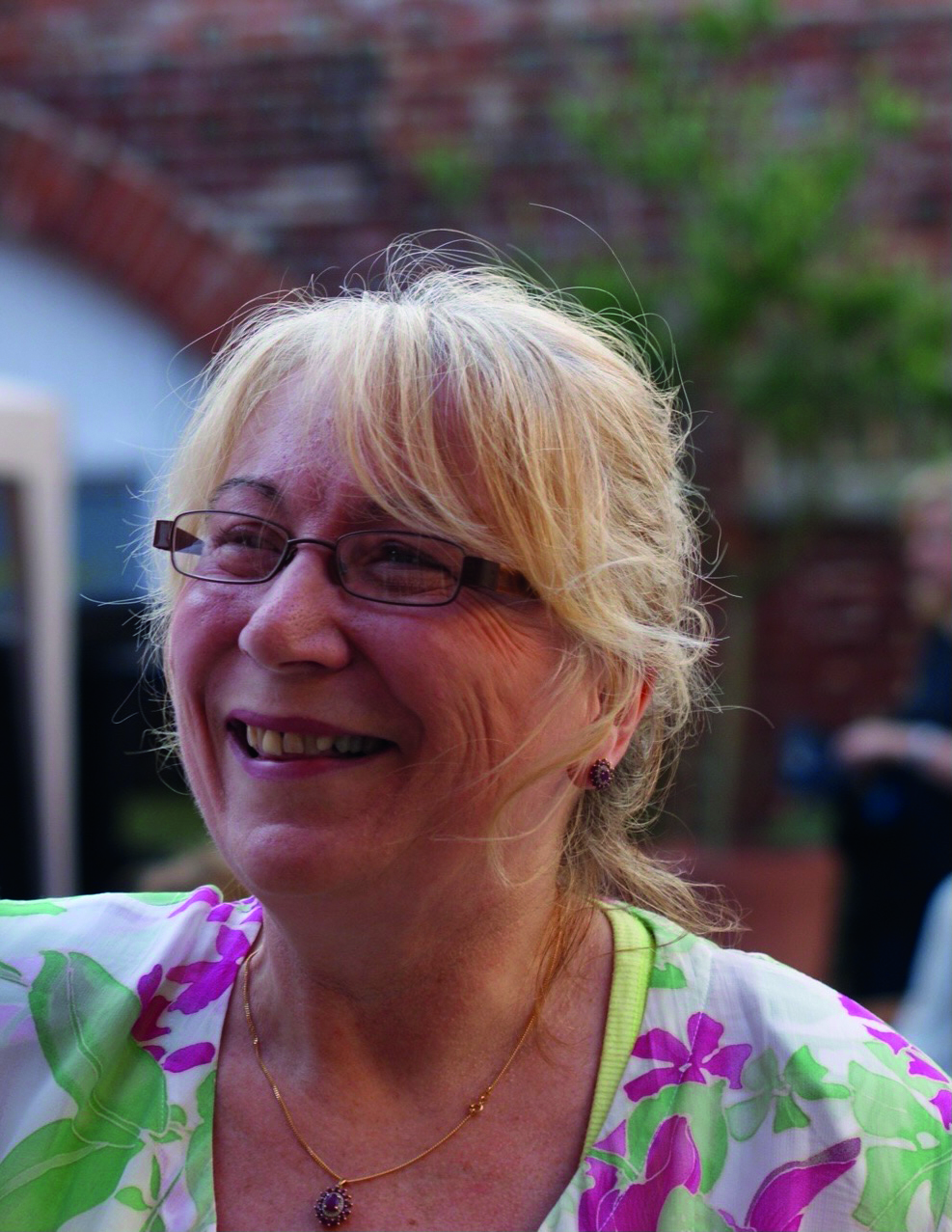
We, the staff team at Growing Places, have written this feature in recognition of our colleague Bridie McCarroll for all the years she has dedicated to working with children until her diagnosis of terminal cancer this year.
Bridie has worked in the sector for more than 30 years, joining Growing Places in 2005. Along with her love of children, she has shared her interests in growing, sewing, knitting, baking and creating with us all.
This project was our first tentative dip into the waters of developing a more enquiry-based curriculum. Bridie was originally sceptical but these investigations captured her enthusiasm and imagination along with the minds of 15 three-to four-year-olds. We continue to embrace this ethos.
Bridie has touched so many lives with her positivity and sunshine and we want to say a huge thank you for all she's done for us and countless families, by celebrating the success of her inspiring work.
BOOK CORNER
Fiction
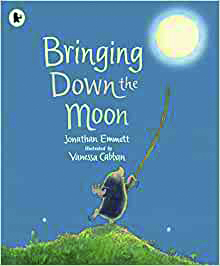 Bringing Down the Moon by Jonathan Emmett and Vanessa Cabban
Bringing Down the Moon by Jonathan Emmett and Vanessa Cabban
Mole thinks the moon is the most beautiful thing he's ever seen and sets about trying to pull it down.
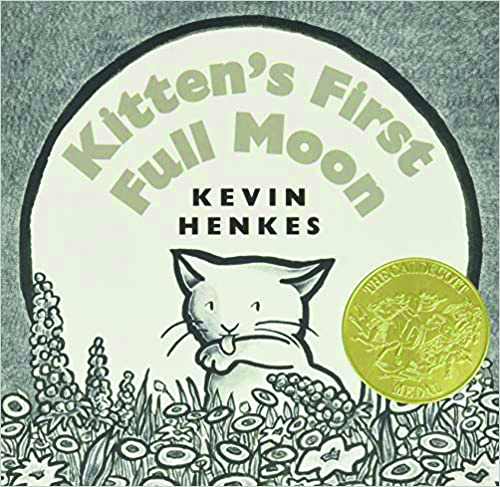
Kitten's First Full Moon by Kevin Henkes
Kitten thinks the moon is a bowl of milk in the sky and she wants to get it…
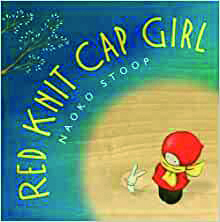
Red Knit Cap Girl by Naoko Stoop
Red Knit Cap Girl wonders about flowers, butterflies, leaves and clouds. But most of all, she wonders about the moon.
I Took the Moon for a Walk by Carolyn Curtis and Alison Jay
Embark on a night-time jaunt with a young boy and the moon.
Non-fiction
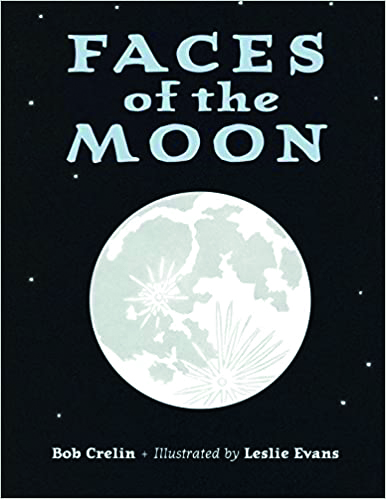 Faces of the Moon by Bob Crelin and Leslie Evans
Faces of the Moon by Bob Crelin and Leslie Evans
Why does the moon seem to change shape at night? Why do we sometimes see it in daytime?
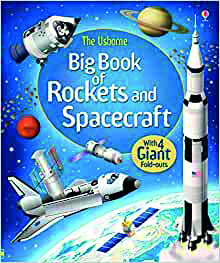
The Usborne Big Book of Rockets and Spacecraft by Louie Stowell and Gabriele Antonini
From early rockets and missions to space stations and probes, learn what it takes to blast off from Earth and even live in space.
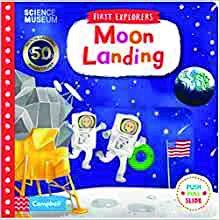 Moon Landing by Lon Lee
Moon Landing by Lon Lee
Blast off in the rocket, moonwalk, and splash back down to Earth with the Apollo 11 astronauts.
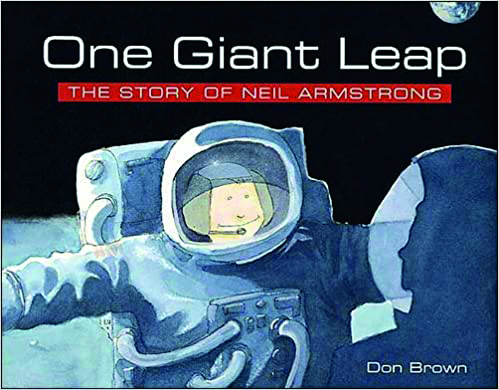 One Giant Leap: The Story of Neil Armstrong by Don Brown
One Giant Leap: The Story of Neil Armstrong by Don Brown
This lyrical book traces the life of Neil Armstrong through to his historical moon mission.









